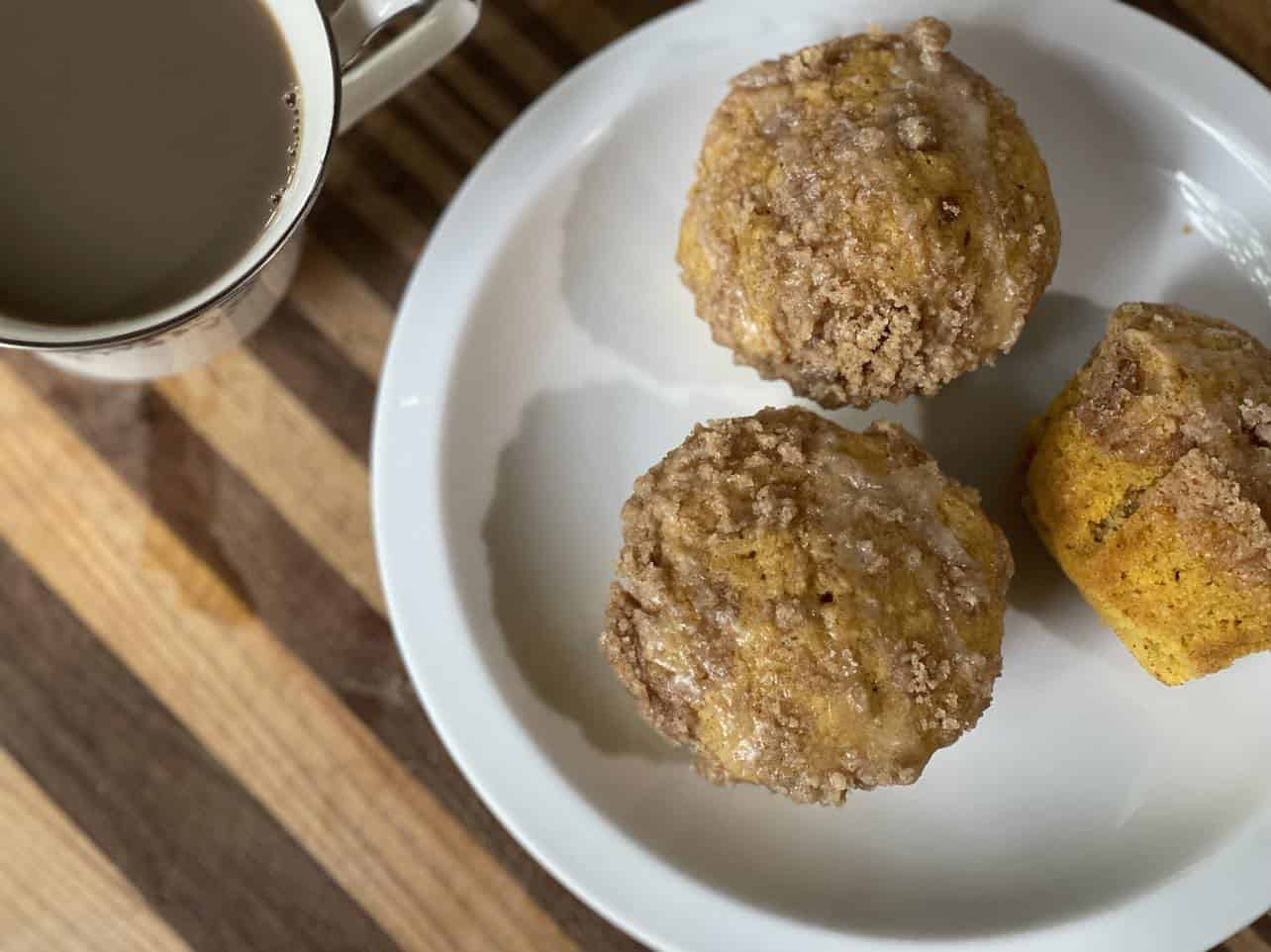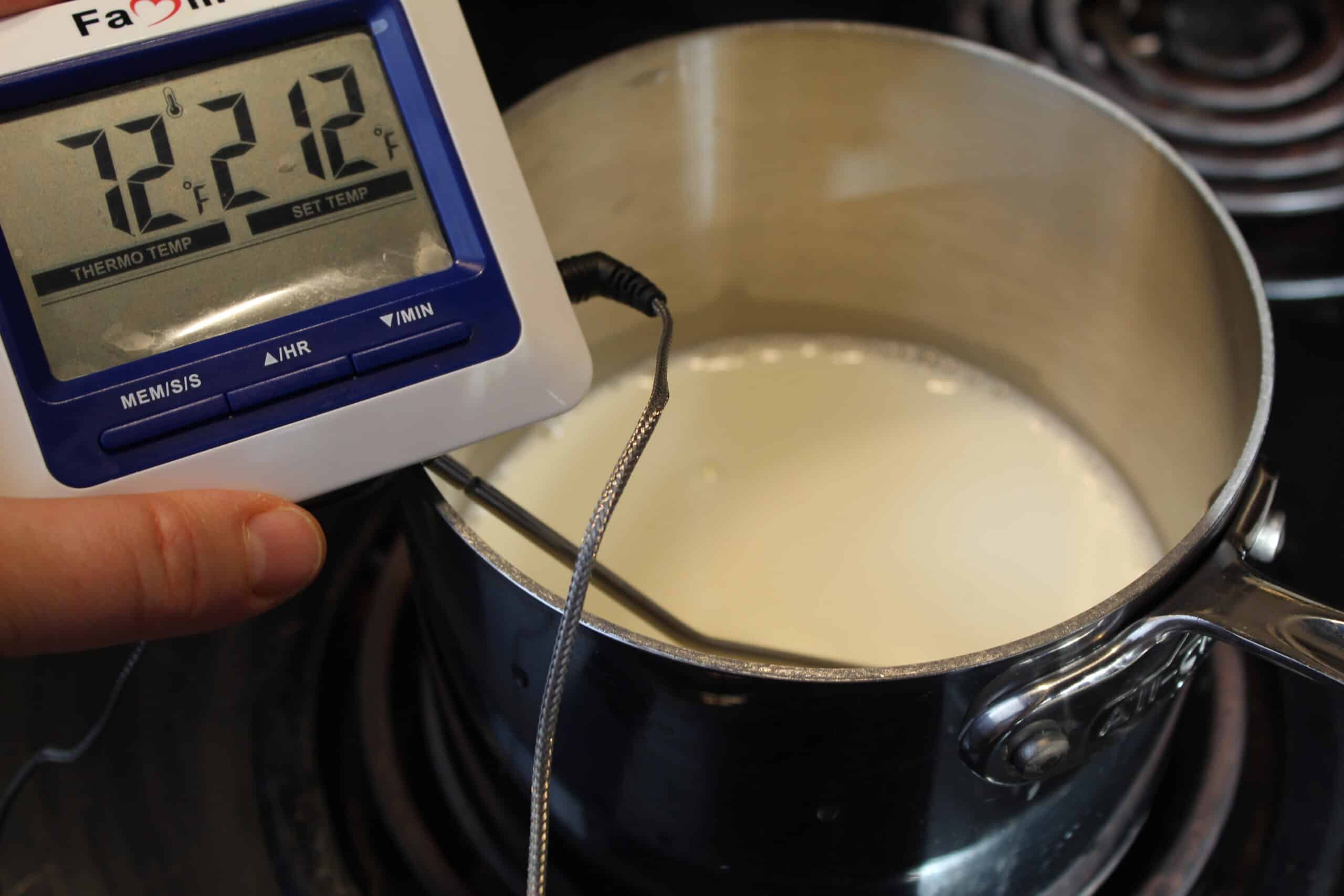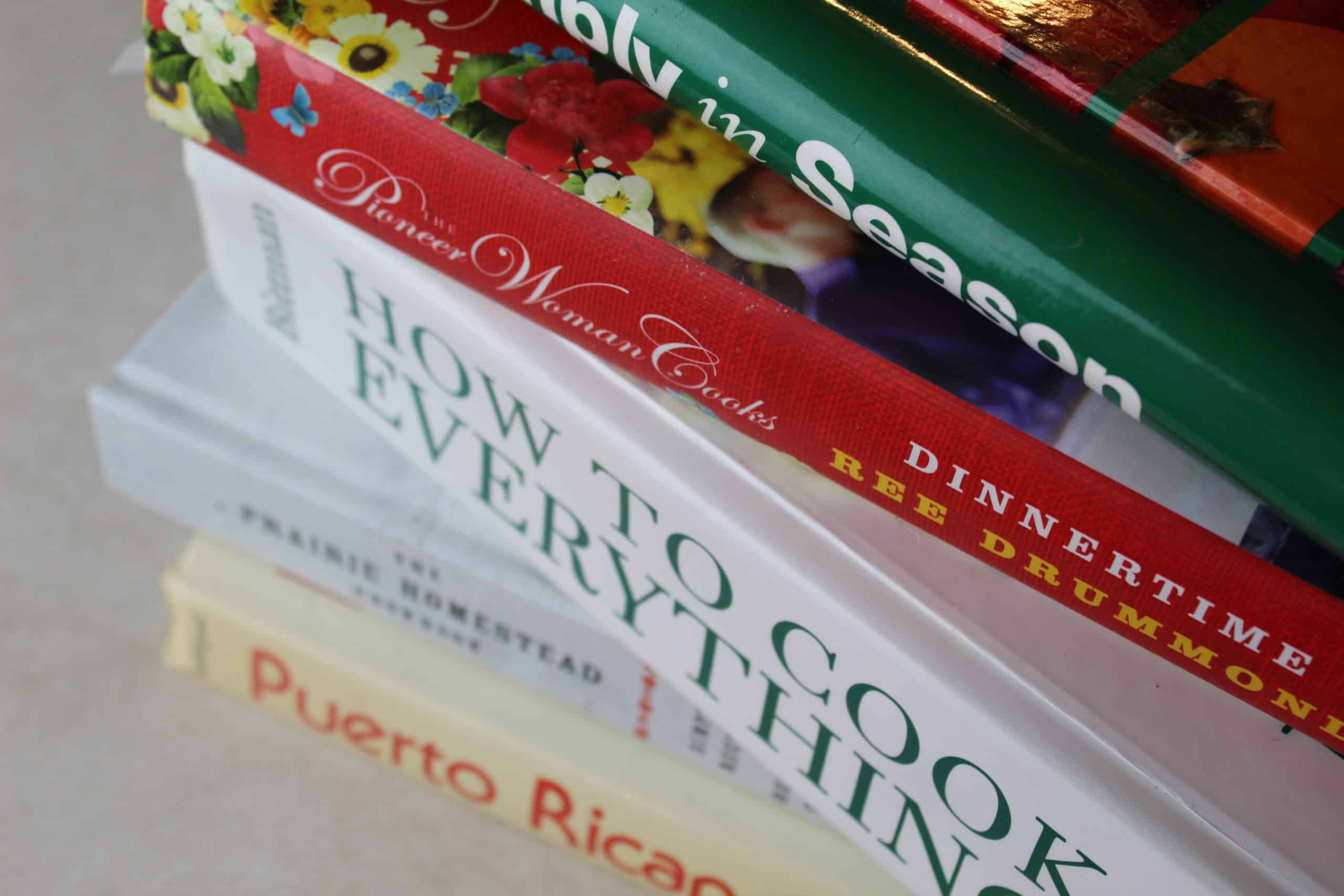Canning for Beginners
I have been canning and preserving food for ten years now. My first thought is, how am I this old already? My second thought is, I am so grateful to have this skill. Once upon a time I was brand new to canning, so I thought I’d share some great resources and information on canning for beginners.
Even with my decade of experience, I wanted to make my knowledge in this area official. I recently completed the coursework to be certified as a Food Preservation Consultant through the University of Minnesota Master Gardener Program.
This course covered a general overview of food preservation including: hot water bath and steam canning, pressure canning, jams/jellies/preserves, drying of fruits/vegetables/herbs, pickling, fermentation, and freezing fruits/vegetables/herbs.
One of the great things about this course is it links to dozens of excellent canning resources that are already FREE and readily available on the internet.
I could re-invent the wheel here and teach you from scratch, but instead I thought I’d use this opportunity to share all these food preservation resources in one very click-able place. Sources include multiple university extension services as well as the National Center for Home Food Preservation.
Canning for Beginners
This title is something of a misnomer, as food preservation covers much more than what we consider “canning”. Below I’ll share resources on freezing, pickling, dehydrating, fermenting, and canning.
Remember, food preservation is not an area where you can play with recipes. Always follow tested and approved recipes when preserving your food!
When using a canning recipe or taking canning advice you find online, ask yourself a few questions. Is this information backed by science and research? Where is this person getting their information? Are they qualified to be sharing this advice or recipe? How old is this recipe? It is not advised to use canning recipes from prior to 1994.
Canning and preserving food can be perfectly safe when you use research backed sources and follow proper procedures.

Home Canning Principles
Here are some resources that cover the basics and the topic in general.
- USDA Complete Guide to Home Canning
- Preserving and Preparing Food Safely
- Youth Canning Lessons
- University of Minnesota Answerline – Not from Minnesota? I doubt they’ll ask or really care. You can check with your own Land Grant University to see if they might have a similar service.
- Ingredients for Food Preservation
- Safe Substitutions When Canning
- Food Preservation Reference Chart
- Handling Fresh Fruits and Vegetables Safely
Botulism & Safety
Botulism is the big scary baddie when it comes to food preservation. It is something to take seriously but it shouldn’t scare you away from preserving your own food. Once you know how it works and what it needs to survive, the risk for it being a problem is minimal.
Hot Water Bath Canning
This method of canning is used for foods that have a high enough acidity that they can safely be preserved using the temperatures reached by putting the jars in boiling water for a certain amount of time.
Think pickles, salsa, tomatoes, jams/jellies, fruit, etc.
- About Processing Times
- Equipment Used for Home Canning
- Canning in Electric Multi-Cookers
- Smooth Top Cook Stoves and Alternatives
- Resources for Buying Food Preservation Supplies and Equipment Though for your basic stuff Wal-Mart or a local fleet supply store will have what you need.

Pressure Canning
Pressure canning is used to bring the temperature up on low-acid foods to a point where any botulism will be eliminated. It involves using hot steam in an enclosed pressure canner. Pressure CANNERS and pressure COOKERS are not the same thing.
Think meats, green beans, potatoes, soups, carrots, etc.
- How to use a Weighted Gauge Pressure Canner (video)
- How to use a Dial Gauge Pressure Canner (video)
- Testing the Dial Gauge
- Using Pressure Canners
Canning Questions
Here are a few of commonly asked canning questions and links to their answers.
- Can I can in Electric Multi-Cookers
- Are Home Dairy Products safe to can?
- Canning on Portable Burners
- How to can Green Beans
Jams, Jellies, and Preserves
I don’t make a lot of jams and jellies since my dad makes a TON of jam every year. Still, this information was all very helpful, especially the troubleshooting topics.
- Basics of Jams, Jellies, and Preserves
- Making Jams, Marmalades, Preserves, and Conserves
- Canning Fruit Recipes
- Tips for Making Homemade Jams and Jellies
- Liquid vs. Powdered Pectin (video with a quintessential grandma, Martha)
- Pectin Calculator
- Jams made with Low Acid Fruits (video with Martha again)
- Processing Jams and Jellies
- Freezer Jams and Jellies (Video, not Martha, but still good)
- Uncooked Jams and Jellies
- Jellies and Jams with NO added Sugar
- Why didn’t My Jelly Set? (video, with Martha!!!)
- Jams and Jellies Problems and Solutions

Drying/Dehydrating
This is the process of removing enough moisture from food that it will stay preserved for several months. A dehydrator is a great tool, but you can use the air, sun, an oven, or even a microwave in some cases to dehydrate. I typically dehydrate herbs, apples, and zucchini each year.
- How to Dry Fruits (video)
- Drying Food at Home
- Drying Vegetables (video)
- Preserving Herbs by Freezing or Drying
- Drying Herbs

Pickling
Pickling is the process of adding vinegar, sugar, and spices to a vegetable. The acidity is increased by this process so you are able to do quick pickles that you store in your refrigerator, or you can process them in a hot water bath canner. I typicaly make pickled beans (dilly beans, so darn good) and beets.
- Pickling Basics
- Basics of Pickling (video)
- Pickles for Special Diets
- Troubleshooting Pickles
- Problems with Pickles

Freezing
This one is pretty straight forward, but there are some tips and good information on ways to keep food from losing nutritional value and keeping a nice appearance. I usually freeze strawberries, bananas, and other fruits.
- The Science of Freezing Foods
- Containers for Freezing Foods
- Equipment for Freezing Foods and Basics (Video)
- Freezing Fruit
- Freezing Foods – Master List
- How to Freeze Vegetables
- Vegetable Blanching and Freezing
- Preserving Herbs by Freezing or Drying
- Freezing Herbs

Fermenting
Fermentation is the process of creating an oxygen-less (anaerobic) environment that allows healthy microorganisms to break down foods which then creates either acid or alcohol. With either alcohol or acidity, bad bacteria doesn’t stand a chance and your food is preserved. Think sauerkraut and tangy, fermented pickles. Or booze!
Let’s Wrap It Up!

My goodness. That is A LOT of information, right? Don’t let that intimidate you. Home food preservation doesn’t have to be complicated. Pick one or two things you want to try this year and give it a shot. Once you have the general method down for each type of preservation, you really can preserve just about anything. The biggest things that will vary is the recipe and processing time.
Remember, always use tested recipes and follow the instructions.
There are some great books and other publications you can pick up if you really want to dive deeper into fun recipes. I highly recommend the Ball Blue Book Canning Guide. It will cost you less than eight bucks and has a recipe for just about everything.
I’m happy to answer your home preservation questions if you have them. Feel free to reach out.
Pin it for later!







